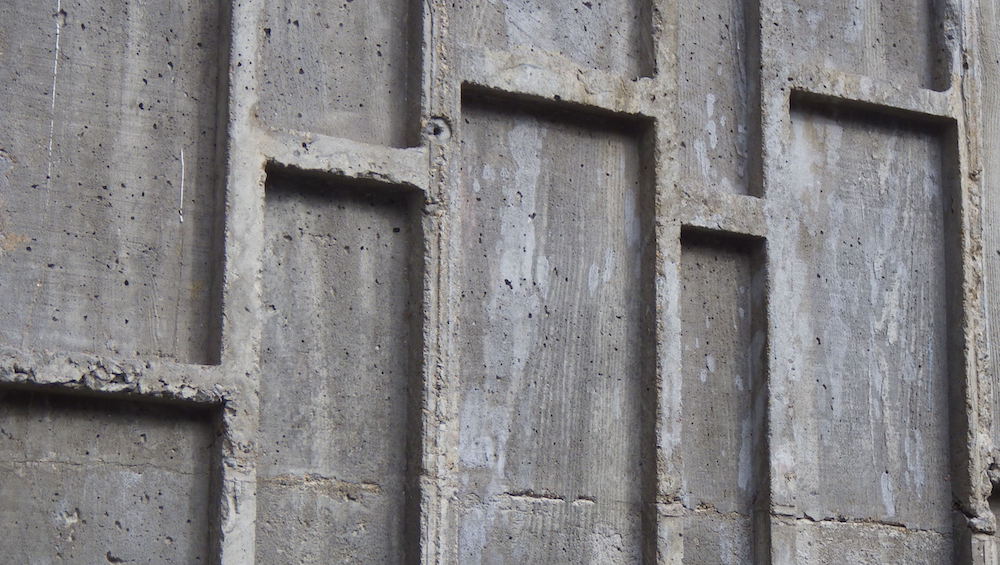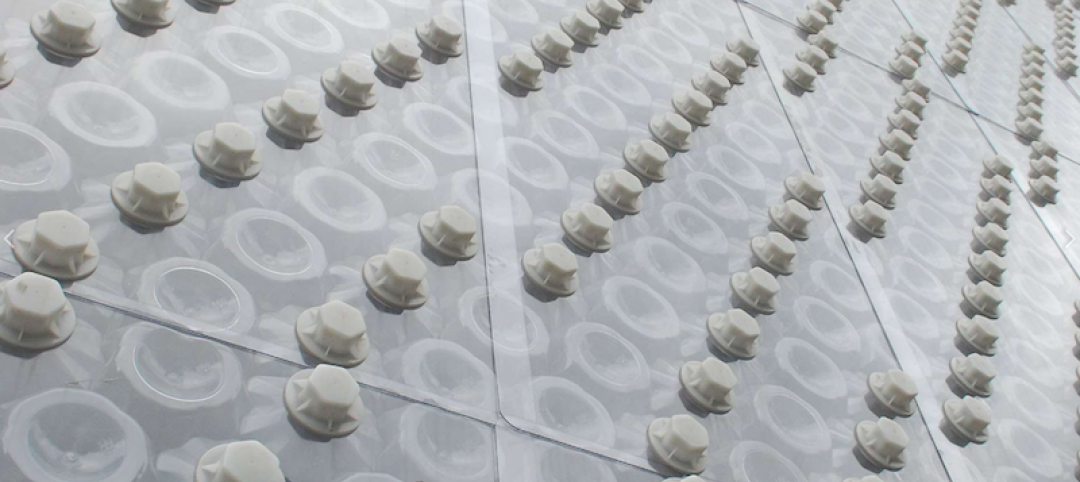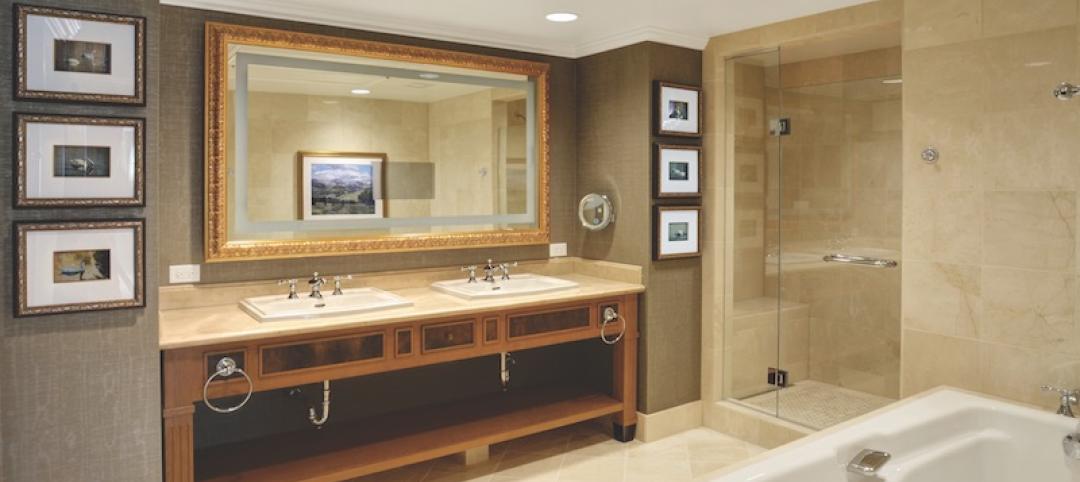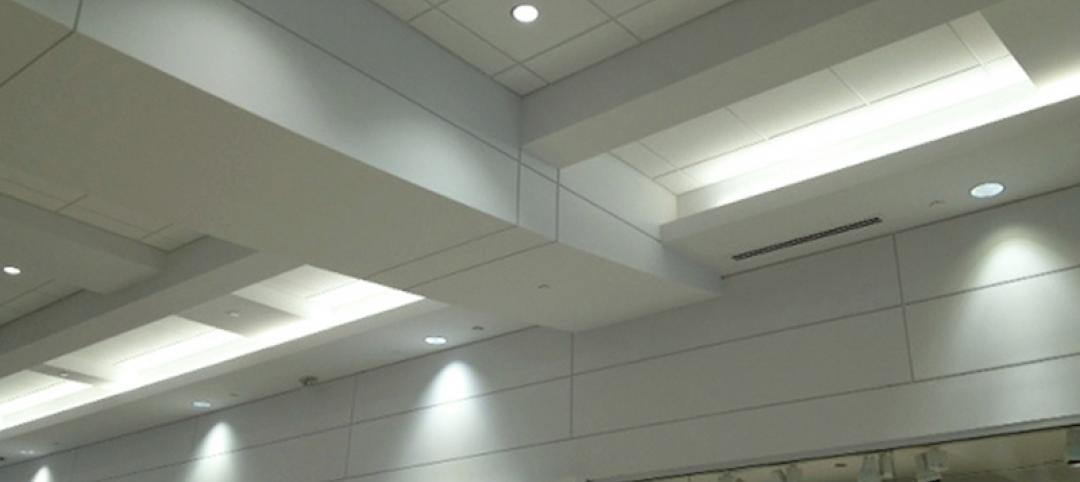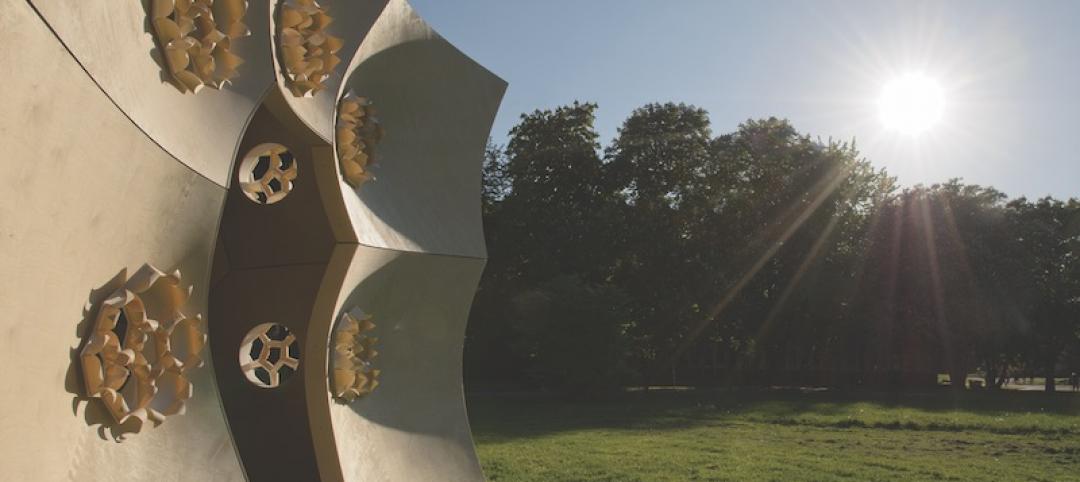Researchers at MIT have found that natural materials like bones, shells, and sea sponges are as strong microscopically as they are to the touch.
The construction industry can learn from this.
According to the National Post, a recently published paper in the journal Construction and Building Materials examines a tough and long-lasting substance called nacre. Found inside of mollusks, nacre has a brick-like arrangement of minerals, forming a strong bond between layers.
The molecular organization of nacre contrasts from Portland concrete, a staple of construction across the world. Made of crushed rocks bounded by cement paste, concrete strength is largely based on guesswork, researchers say.
Considering this, more attention is being paid to biomimetics, the study of materials that mimic nature.
“There is a wide range of techniques that are well established for studying the complexities of biological and biomimetic materials, which can be easily translated into the cement community,” Admir Masic, an MIT professor and co-author of the study, told MIT News.
Related Stories
| Jun 13, 2017
Accelerate Live! talk: Next-gen materials for the built environment, Blaine Brownell, Transmaterial
Architect and materials guru Blaine Brownell reveals emerging trends and applications that are transforming the technological capacity, environmental performance, and design potential of architecture.
Sponsored | Building Materials | Jun 9, 2017
Problem solving in Asheville with R-Trac & ALPOLIC® materials
The developers of the recently opened Asheville City Center sought out a cost-effective design that met code requirements while still allowing the building to feel open from the outside.
Sustainability | May 16, 2017
1.5 million recycled plastic bottles were used to build this nine-story structure in Taipei
The building is made of Polli-Brick, a building material that comes from 100% recycled Polyethylene Terephthalate Polymer.
Building Technology | May 5, 2017
Tips for designing and building with bathroom pods
Advancements in building technology and ongoing concerns about labor shortages make prefabrication options such as bathrooms pods primed for an awakening.
Building Technology | Apr 21, 2017
AIA selects 2016 Upjohn Research Initiative Projects
Grants awarded to initiatives that study various aspects of design within the built environment.
Market Data | Mar 22, 2017
After a strong year, construction industry anxious about Washington’s proposed policy shifts
Impacts on labor and materials costs at issue, according to latest JLL report.
Sponsored | Building Materials | Mar 20, 2017
Vinyl reveals meet increasing demand
With a tight school renovation budget and timeline, the Oak Grove Elementary cafeteria, designed by RuckPate Architects/CS2 Designs, utilized Architectural Reveals to build curving soffits with a racing stripe reveal design.
Building Materials | Mar 13, 2017
11 transmaterials highlight the coming generation of building products
Fiber-reinforced plastic, 3D-printed stone, and programmable ink tiles are a few materials coming down the pike for the AEC industry.


